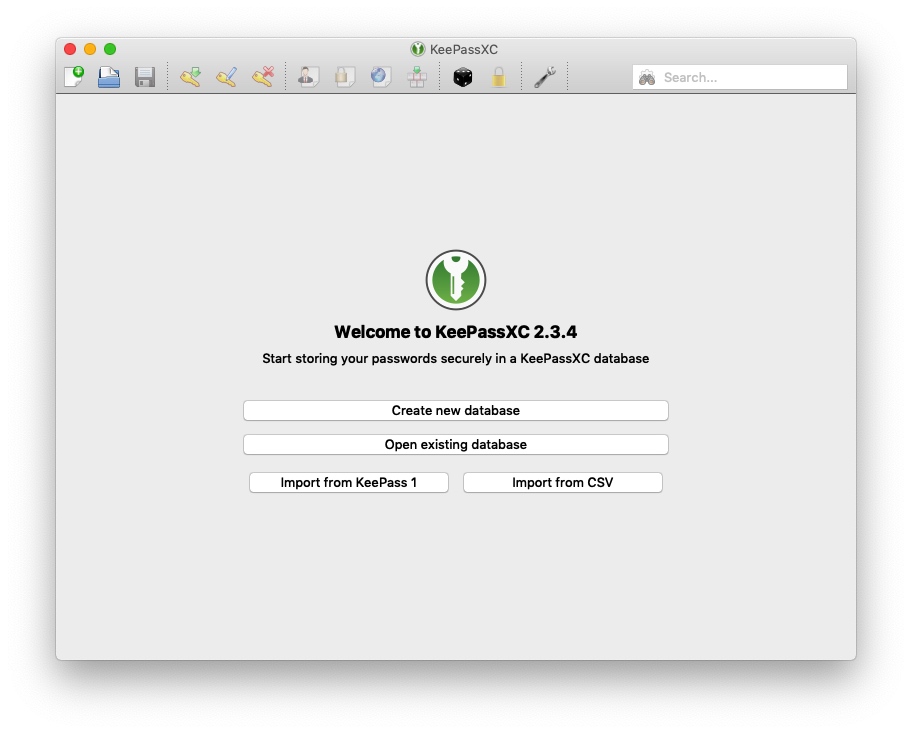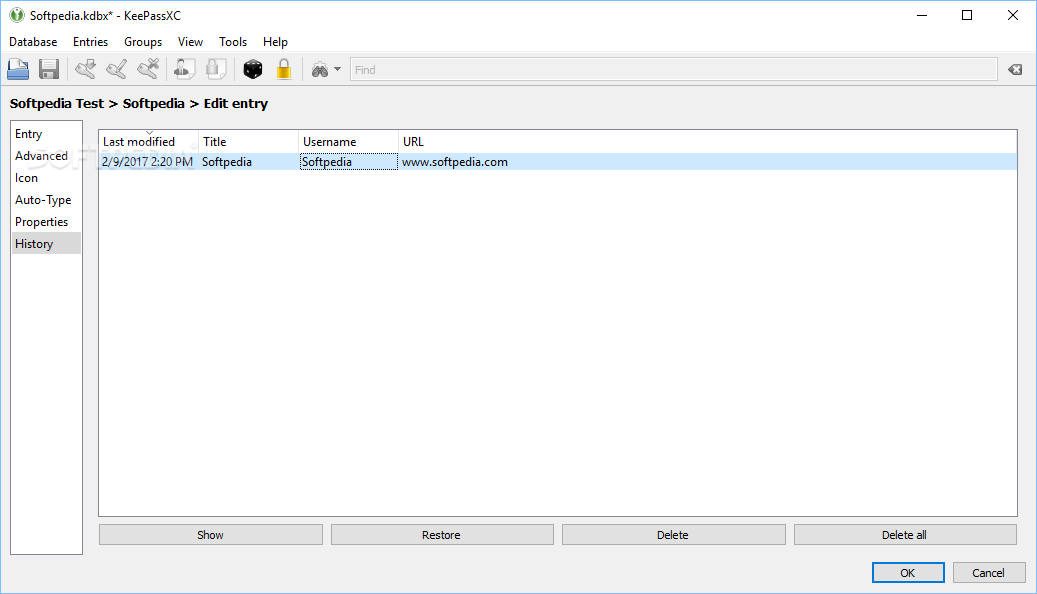


I tried it on the same computer using Windows (I have dual-boot set up). I’ll reattempt the setup of that secondary key again later.įixed the old problem, now a new problem. I then opened the packaging of the secondary key I bought as a backup, hoping to put it through initial setup, but every time I tried to enter a PIN during initial setup, it was registering additional button presses that I didn’t make, so I just put it aside for now. I then tried setting a custom HMACSHA1 key as stated in the method you described, first using “openssl rand -hex 20”, and when the OnlyKey app responded “ECC Key must be 64 characters”, I tried using the exact key listed in the image from your post, but got the same message. It didn’t come up, so I clicked refresh, and still no luck. I clicked “Add Additional Protection”, double-checked that my OnlyKey was open in the OnlyKey App, and clicked “Add Yubikey Challenge-Response”. I then opened KeePassXC and clicked “Continue” twice, not changing any of the default database settings. I then tested the standard functions to make sure it was working, which it was. I did a factory reset, then reloaded the firmware as before, then went through the setup again. For reference, I have managed to create a KeePassXC database, and I programmed slot 1a of the OnlyKey to input the password and return after input, so the normal functions of the OnlyKey are easy enough for my to figure out, but I’m at a loss with this. My current understanding is that I have to program HMAC1 “slot 1 - #130” for HMAC1 protocol before KeePassXC will recognise the OnlyKey as a Yubikey for Challenge response purposes. Then I tried using onlykey-cli by running the following command progressions (I performed a full reset and firmware reload using the most recent firmware release between each failed attempt, just to be sure), making sure to Ctrl+D to exit interacting mode before closing the terminal: I tried a few more times but it didn’t work. I counted the characters, it was in fact 64. It simply said “ needs to be 64 characters”. I used the product from this command where I mention below.įirst I tried using the GUI OnlyKey App, by selecting the HMACSHA1 (slot 1 - #130), and inserting a into the “private key” box. Note: I have been generating hex key passwords using the command: I set up my OnlyKey as standard, with a Primary PIN, Secondary PIN, Backup passphrase, and Self-Destruct PIN, and then followed all of the different HMACSHA1 setup methods in the User Guide and forum discussions. Hi, I’m trying to set up my OnlyKey for use as a Hardware Password Manager, but I’m having trouble getting KeePassXC to recognise the OnlyKey for Challenge-Response purposes.


 0 kommentar(er)
0 kommentar(er)
